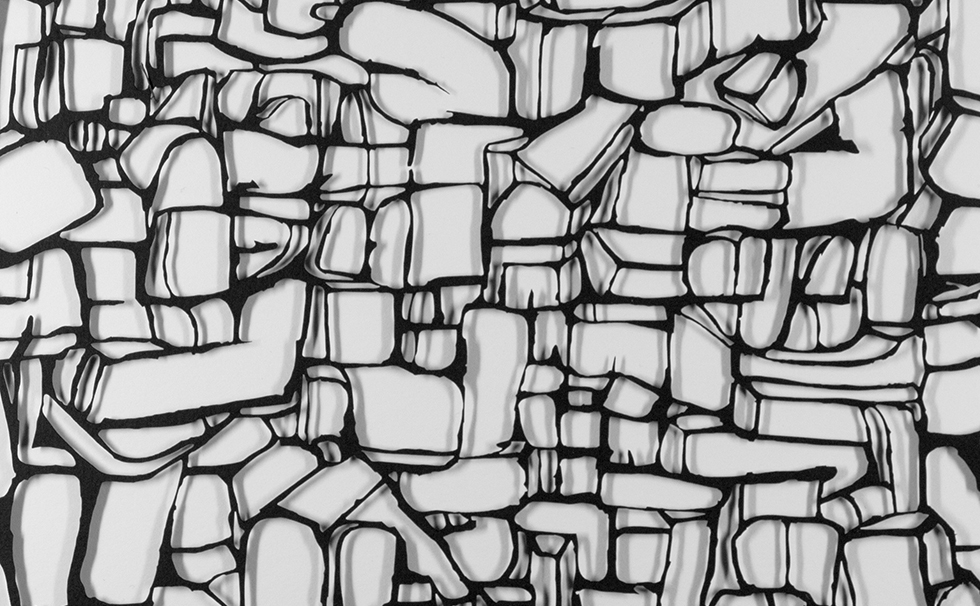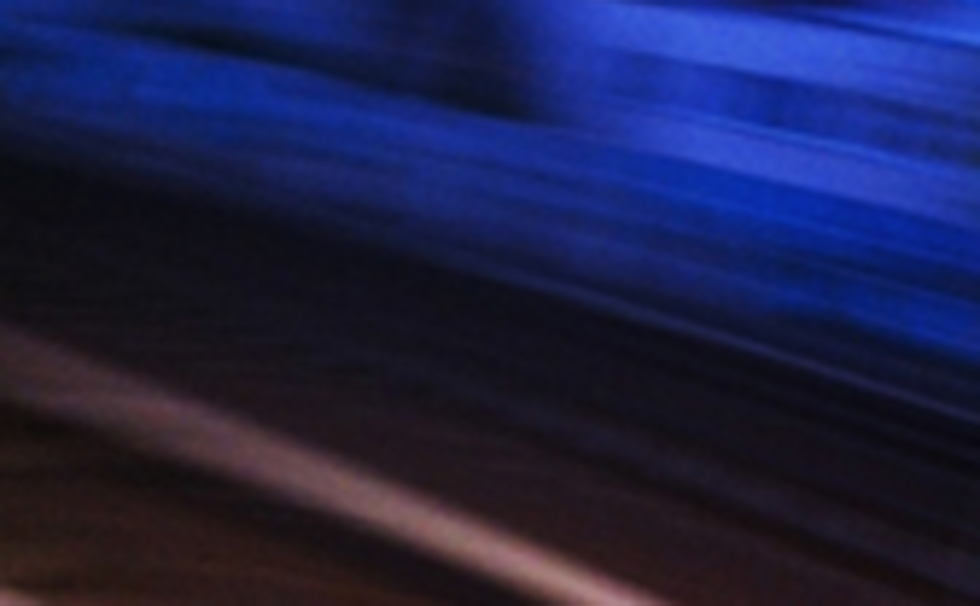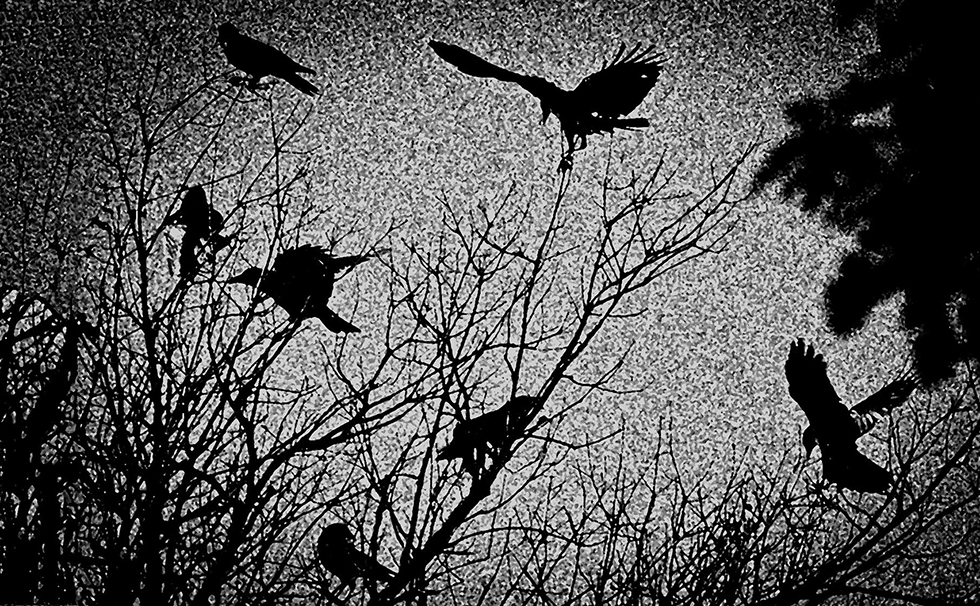Faculty [III] / 15

Faculty [III] / 15
FEBRUARY 19 – MARCH 29, 2015
Faculty [III] / 15 is this year’s version of the exhibitions Hanes Gallery periodically presents of work done by faculty and staff in the Wake Forest Art Department. While just a cross-section of the artists active in the department, this focused format allows the presentation of three one-person shows.
Bryan Colburn Ellis received a BFA in Design from The University of North Carolina at Greensboro in 2000 prior to receiving his MFA in Sculpture from Cranbrook Academy of Art in 2005. Diverse materials, craftsmanship, and presence of the hand are critical elements in his studio practice and in his role as an art educator. Bryan currently teaches at two universities, serving as a lecturer among the art faculty at UNC-G and as an adjunct professor of art at Wake Forest University. As an instructor, Bryan encourages students to explore the practical and technical problems artists face across disciplines. Having displayed his work in public and private collections both domestically and internationally, Bryan has been known to cull his artistic voice from among varying disciplines including but not limited to the computer graphic, the graffito scrawl, “enchanted” drawings, and the decorative arts.
In his more recent and current work, Bryan has undergone an organic transition into an exploration of the intersection between the hand as the traditional instrument of artistic creation and the new possibilities emerging from the evolving technological landscape. While every piece Bryan produces begins with the hand, he does not shy away from allowing for expansion into uncharted territory. Nowhere else in his work does this manifest itself as vividly as it does when he juxtaposes the ancient medium of paper with 21st century techniques based in modern technology, while at the same time challenging the viewer to recognize when he has taken the opportunity to reverse that dynamic.
In this particular grouping of pieces, the interplay of positive and negative space paired with the black and white chromatic context manages to evoke a sense of the familiar despite the images being ambiguous in form. When moving through the work, the viewer’s relationship with the initial image will change, resulting in a sense that the pieces are taking on continually transitioning forms, meanings, and personalities. All this comes together into a narrative encompassing varying emotive qualities of an individual space at a particular moment.
John Pickel was born in 1958 in Crawfordsville, IN as the youngest of ten children. He grew up on a small farm in rural Indiana and attended college in Indiana as well. John did his graduate work in photography at Cranbrook Academy of Art. John taught photography at Herron School of Art in Indianapolis and at NC State School of Design before taking his current position teaching photography in the Art Department at Wake Forest University. John lives in Winston-Salem and has his studio in his home. His main interests are in photography as an art form, and in the ubiquity of the photographic image from the vernacular to commercial to fine art. Recently, John has turned to book arts as a way to examine these interests through intimacy of the handmade book. John has exhibited his photographs, videos and installations in galleries in Indianapolis, Detroit, Raleigh, Winston-Salem and New York and Berlin.
Photography is a provocative medium. We are sophisticated viewers seeing innumerable images on a daily basis and understand the photograph has no greater claim to truth than any other media. But a photograph of a loved one or deceased parent grips us, challenging this assumption. There’s an essence, a quality generated by the mechanics of photography, which creates a tension between what we know and what we feel.
Using a smartphone and a photography app, I shot the Berliner Bahn series with this tension in mind. The app blanks the phone screen and then vibrates when each shot is taken. The wide angle and extreme depth of field of the camera allowed me to capture candid images that a conventional camera could not. Wearing headphones and listening to music, while pointing the phone toward a subject that caught my eye, was my daily practice. Although the process might read as spontaneous and random, I consciously chose the subject matter by pointing the phone at passengers who attracted me on some level or at that which suggested motion. After shooting more than one thousand images, I culled them down to twenty-five by choosing dynamic compositions that would resonate with each other. This series is my subjective representation of a few months on the Berlin mass transit system.
My interest in handmade books grew from storyboarding video projects. Many times I would shoot still photographs, placing the prints in the sequence of the storyboard. As time passed, I found my attention to detail and the simple rewards of making a beautiful object became more important than producing a video. Now, I direct the audience through the tactile and intimate experience of viewing the handmade book.
For example, the box of books entitled “Family” was inspired after I inherited a large cardboard box of family photographs. After scanning the images, I printed them back to back on 17 x 22 inch inkjet paper, and then tore them down to signatures for the three books. Many spreads are quite abstract, depicting little recognizable information. Others may show the chin of one relative, juxtaposed to an eye or part in someone’s hair. The box was made to suggest a cigar box, but using materials with the color and feel of something much more precious.
With the “Berliner Bahn” I photographed the unknown to make it more familiar. With “Family” I abstracted the familiar to create distance. This is not a simple dichotomy. I am more interested in that tension between knowing and feeling.
Will Willner is an adjunct assistant professor, currently teaching traditional silver based and digital photography. Previously, he was on the faculty and director of photography at Wake Forest University School of Medicine. Prior to that, he was an Assistant Professor in the Medical Illustration Graduate Program as well as Director of Medical Photography at the Medical College of Georgia.
Contemplating Crows is a mélange of images & information describing the essence of the crow; influenced by the paintings of Ad Reinhardt, the photographs of Masahisa Fukase, and the poetry of Ted Hughes.
Reception
February 19, 5-7pm
Related Programs
Artist Talk: Bryan Ellis
Monday, March 23rd 3pm
Artist Talk: John Pickel
Monday, March 2nd 3:30pm
Artist Talk: Will Willner
Monday, March 16th 3pm
Additional Images



